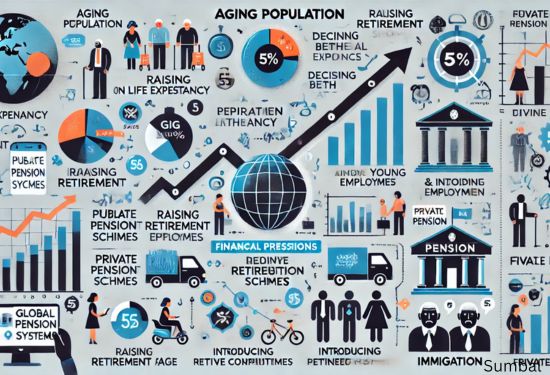Harnessing the Winds of Change: The Evolution of Stock Trading
The world of stock trading, once dominated by bustling trading floors and frantic brokers shouting over each other, has undergone a remarkable transformation. This evolution, propelled by technological advancements and regulatory changes, has not only democratized access to financial markets but also introduced new strategies and tools for traders. This article explores the significant milestones in the evolution of stock trading, the impact of technology, the emergence of algorithmic trading, and the future landscape of the stock market.
The Dawn of Electronic Trading
The first major shift in stock trading came with the introduction of electronic trading platforms in the 1970s. The NASDAQ was the pioneer, offering a way to execute trades electronically without the need for physical trading floors. This innovation marked the beginning of a new era, significantly reducing transaction times and costs, and making the stock market more accessible to retail investors.
The Rise of Online Brokerages
The advent of the internet in the 1990s further revolutionized stock trading. Online brokerages emerged, allowing investors to buy and sell stocks with a few clicks from the comfort of their homes. This period saw a surge in retail participation in the stock market, as online platforms offered educational resources, real-time data, and lower transaction fees, empowering individuals to take control of their investment decisions.

Algorithmic and High-Frequency Trading
The turn of the millennium witnessed the rise of algorithmic trading, where trades are executed by computer algorithms based on predefined criteria. This was soon followed by high-frequency trading (HFT), a type of algorithmic trading characterized by extremely high speeds and large volumes of trades. These technologies have significantly increased market efficiency and liquidity, though not without controversy regarding their impact on market volatility and fairness.
The Role of Technology and Data Analytics
Technology has been the driving force behind the evolution of stock trading. Advances in computing power, data analytics, and artificial intelligence have opened up new frontiers in market analysis and investment strategy. Traders now have access to sophisticated tools that can analyze vast amounts of market data, identify trends, and execute trades in milliseconds, leveling the playing field between individual investors and institutional players.
The Emergence of Social Trading and Crowdfunding Platforms
The digital age has also seen the rise of social trading platforms and crowdfunding opportunities, allowing investors to share insights, follow the trades of experienced investors, and invest in startups and projects. These platforms have fostered a sense of community among investors and have provided new avenues for investment beyond traditional stocks and bonds.
The Future of Stock Trading
As we look to the future, several trends are set to shape the evolution of stock trading further. Blockchain technology promises to enhance the security and transparency of transactions. Decentralized finance (DeFi) platforms could redefine the mechanisms of trading and ownership. Moreover, the growing concern for sustainability has given rise to ESG (Environmental, Social, and Governance) investing, influencing how and where people choose to invest their money.

Conclusion
The evolution of stock trading from open outcry systems to digital platforms exemplifies how technology has reshaped the financial landscape. While the rapid pace of change presents challenges, it also offers unprecedented opportunities for investors willing to adapt and learn. As we navigate through the currents of technological innovation and regulatory shifts, the future of stock trading looks promising, promising a more inclusive, efficient, and dynamic market for generations to come.
This exploration of stock trading's evolution highlights its dynamic nature and the continuous impact of technological advancements, setting the stage for future innovations and strategies in the financial market.
(Writer:Weink)





